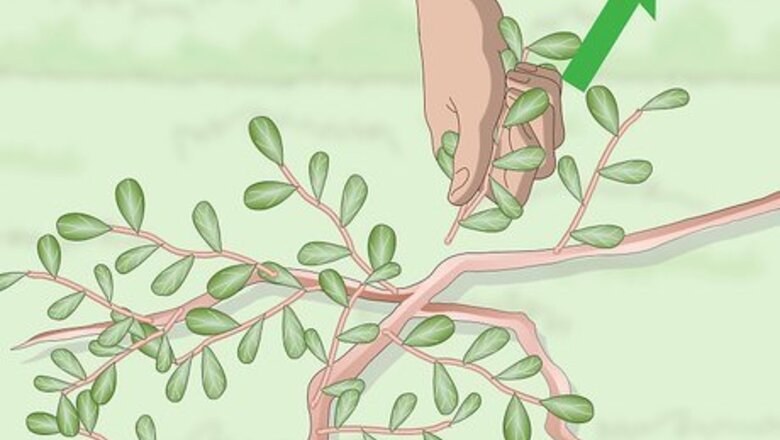
views
Controlling Purslane
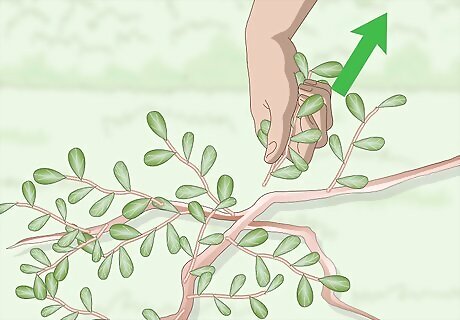
Hand-pull purslane while it is still young. The key is to remove the weed from the soil before it begins to seed. If you don’t, the plant will “throw” seeds into the surrounding areas. Use caution when picking mature plants that have already begun to seed. Overturning the soil can bring other seeds up to the surface and cause the purslane to spread even more. Be careful not to disrupt the soil too much.
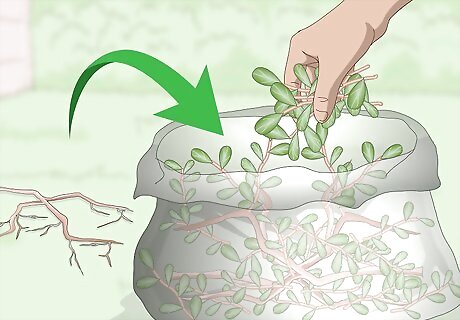
Remove plant fragments after weeding to prevent rerooting. Place the plant matter into a paper or plastic bag before throwing it away. Stems and leaves can reroot themselves quickly, so if you leave any pieces laying around, you can expect to see more weeds growing soon.
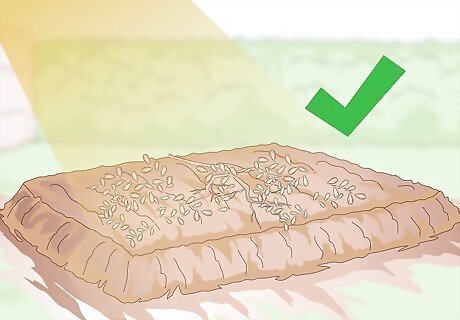
Allow your planted garden to dry out to kill any remaining seeds. Do not water the area, and avoid covering it with mulch or any other coverings until it is completely dry.
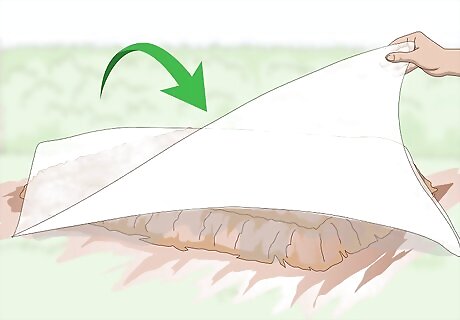
Cover an unplanted garden or ornamental area with plastic for 4-6 weeks. Do this during the hottest time of the year to prepare a bare area for planting. Ideally, you want the temperature underneath the plastic to reach 130 °F (54 °C). Use ground stakes or heavy rocks to hold clear or black plastic sheeting in place over the area. This process is called soil solarization and works to kill plants and seeds near the surface of the soil by heating them to extremely high temperatures, and works best if the soil is moist.
Using Post-Emergent Chemicals
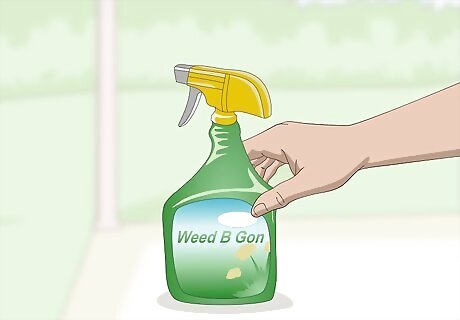
Purchase a liquid post-emergent at your local home improvement store. Products such as Ortho Weed B Gon come in either a ready-to-use formula for quick and easy application, or a concentrate that requires mixing before use. Expect to pay about $20 - $30 USD for 1 gallon (3.8 L) of the ready-to-use formula, or $10 USD for 32 ounces (910 g) of the concentrate. Make sure you read the product label and check the weather before you apply an herbicide. Most treatments have recommended usage guidelines, like a minimum of 60 °F (16 °C), no wind, and a drying time of 1-2 hours. Be sure to use proper protective gear like gloves and safety glasses to protect yourself from chemical overspray.
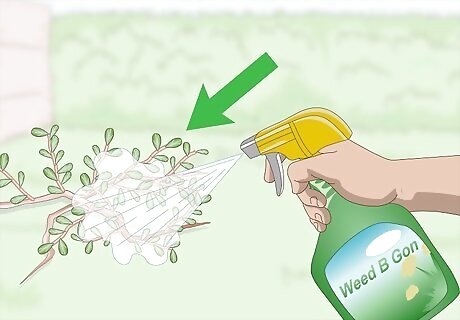
Apply a post-emergent chemical treatment to kill established plants. These herbicides are most effective if they are applied when the plant is still young, preferably before it has begun to seed. If you wait until the plant is too mature, it may be difficult to regain control.
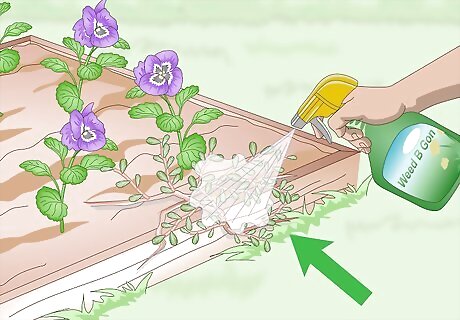
Spot-treat your lawn and ornamental garden areas as needed. For ready-to-use formulas, simply aim the nozzle at individual weeds and cover them in a light spray, making sure to spray near the root. If you are using a liquid concentrate, follow the instructions on the label for proper mixing prior to applying it to your weeds. Do not use post-emergent chemicals in a vegetable garden. Don’t spray plants you want to keep and be aware of where the wind carries the chemicals since the herbicides will kill whatever they come into contact with. Broadleaf herbicides won’t typically kill grasses. Read the label on your herbicide before spraying it.
Preventing Future Growth
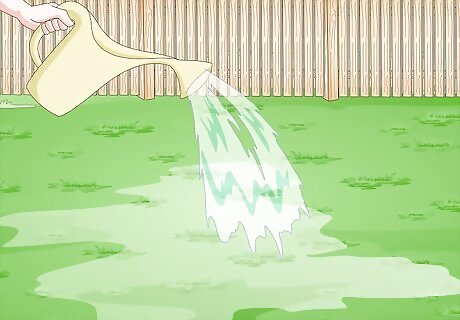
Maintain solid turfgrass to overpower purslane in your lawn. Healthy, well-maintained lawns with strong root systems are the best way to stop purslane from overtaking your yard. A strong root system makes it more difficult for the purslane to establish itself. To build and maintain a healthy lawn system, check with a lawn and garden company in your local area. They can tell you how often you should water, for how long, and the best time of the day; and also give you advice for proper fertilization and other treatments based on the climate and soil conditions where you live.
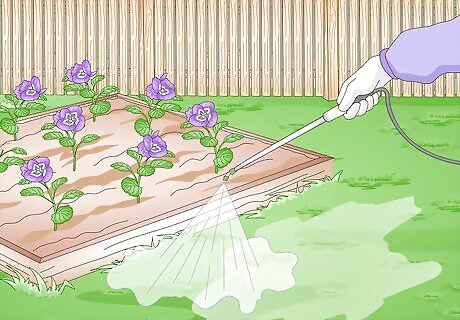
Apply a pre-emergent chemical treatment to prevent seeds from sprouting. Herbicides containing the ingredients dithiopyr and pendimethalin will be the most effective, and can be used in ornamental garden areas and/or in your lawn. Do not use pre-emergent chemicals in a vegetable garden. Scotts and Spectracide brands make a granular formula that can be purchased at your local home improvement store for around $20 USD and will cover up to 5,000 square feet (460 m) Make sure you read the product label and check the weather before you apply an herbicide. Most treatments have recommended times when you should use them, like being a minimum of 60 °F (16 °C), having no wind, and allowing a drying time of 1-2 hours. Also be sure to use proper protective gear like gloves and safety glasses to protect yourself from the chemical.
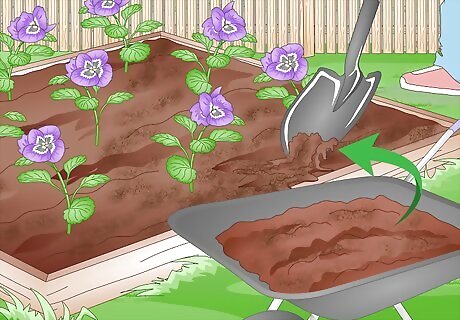
Cover your planted garden area with a thick layer of mulch. Organic mulch should be applied in a layer that is at least 3 inches (7.6 cm) thick in order to block out the sun. A thinner layer of synthetic mulch that is composed of plastic, rubber, or fabric can be effective as well. Layering grass clippings or newspaper are also effective alternatives.
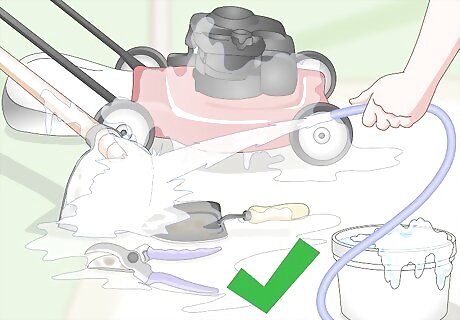
Clean equipment that has been used in an infested area. Clean lawnmowers, trimmers, planters, and all garden equipment that has been used in an infested area before using them in un-infested areas. This will help prevent the purslane from spreading into new areas.











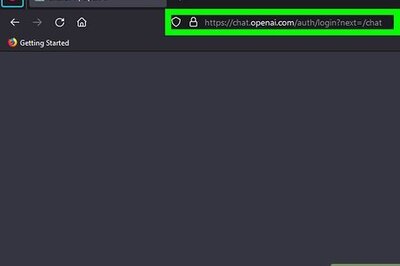






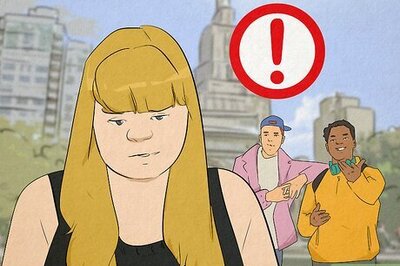
Comments
0 comment